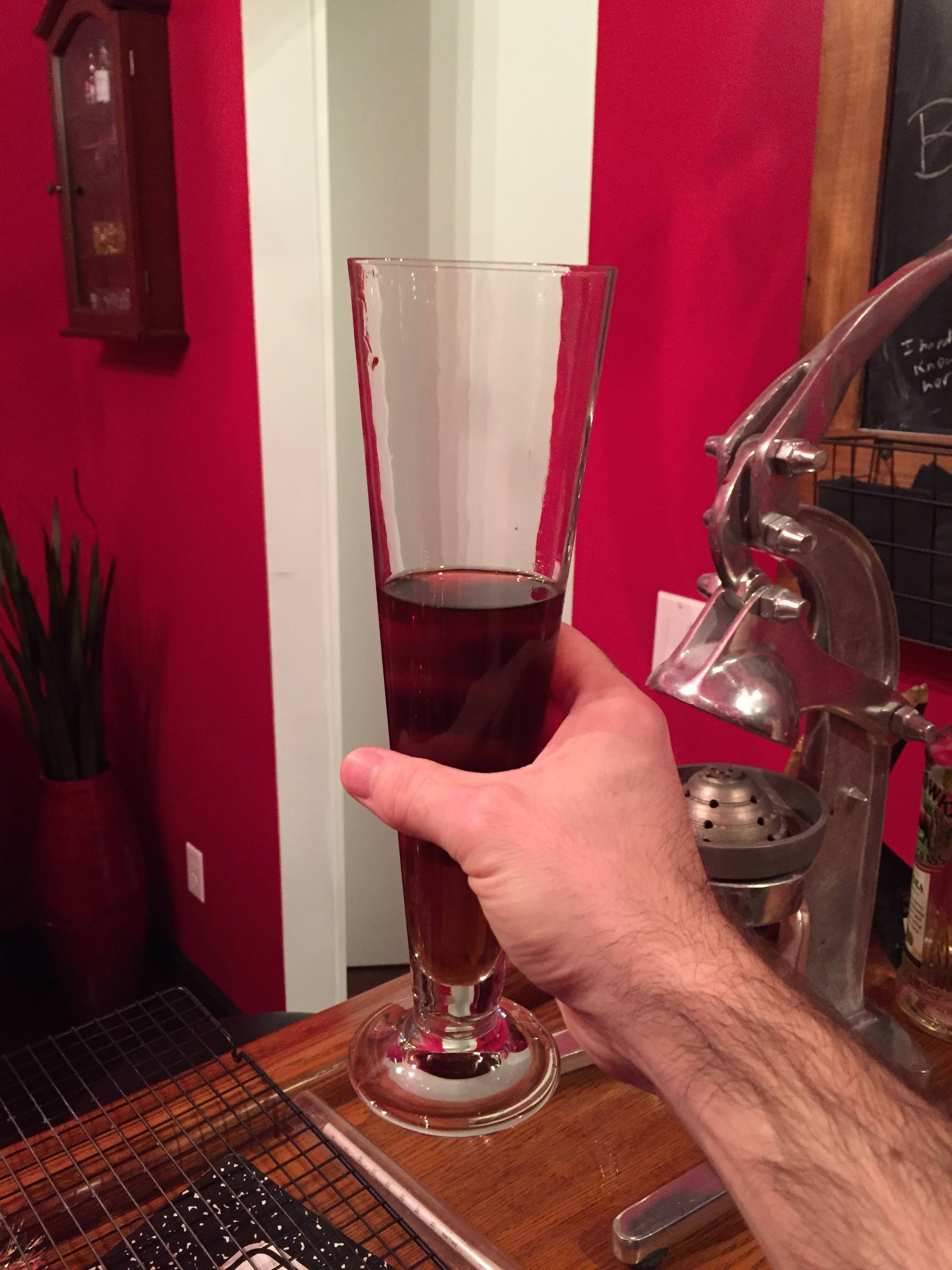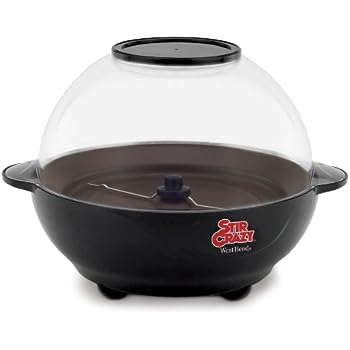- Joined
- Apr 18, 2006
- Messages
- 16,779
- Reaction score
- 5,916
It's beer o'clock!
After two weeks in the fermentor, bubbling had almost ceased and I decided to put it in the keg. I ran some sanitizer through the keg and tap system first, then made a siphon and filled up the keg. This is the first time I've made a siphon work out well, previously I'd decanted the fermentor like an idiot.
The keg is now under gas, and I'll be keeping it cool and rolling it to get it carbonated by Saturday.
The beer tasted like beer! It has a mild chocolatey taste I've come to expect from my home brew. There is a grainy/grassy taste in there too that isn't great, but it doesn't ruin the beer. A souvenir from having home-grown everything, I guess. I think this is much better than my first batch, and almost as good as my other ones.
Cheers!

The color is very dark amber but not quite black. The final gravity is 1.015 down from 1.040, so I didn't get much attenuation. Alcohol content is about 3.3%, calories are 133 per 12 oz according to brewers friend. It's a dark, light beer.
I made a brown smoked malt that turned out the same color as yours. I was little disappointed, but its a smokey, roasty-toasty amber. Been toying at buying one of these to just to make chocolate malt.
Keep working on what you done so far.
I'm not malting, but I'm committed to smoking and roasting my own malts. I have a thread link in my signature. - Roast'em Toast'em Smoke'm If You Got'em! - I like to hear how your roasting an toasting goes. Not to mention smoking if you're so inclined.

Last edited:



![Craft A Brew - Safale S-04 Dry Yeast - Fermentis - English Ale Dry Yeast - For English and American Ales and Hard Apple Ciders - Ingredients for Home Brewing - Beer Making Supplies - [1 Pack]](https://m.media-amazon.com/images/I/41fVGNh6JfL._SL500_.jpg)
































































